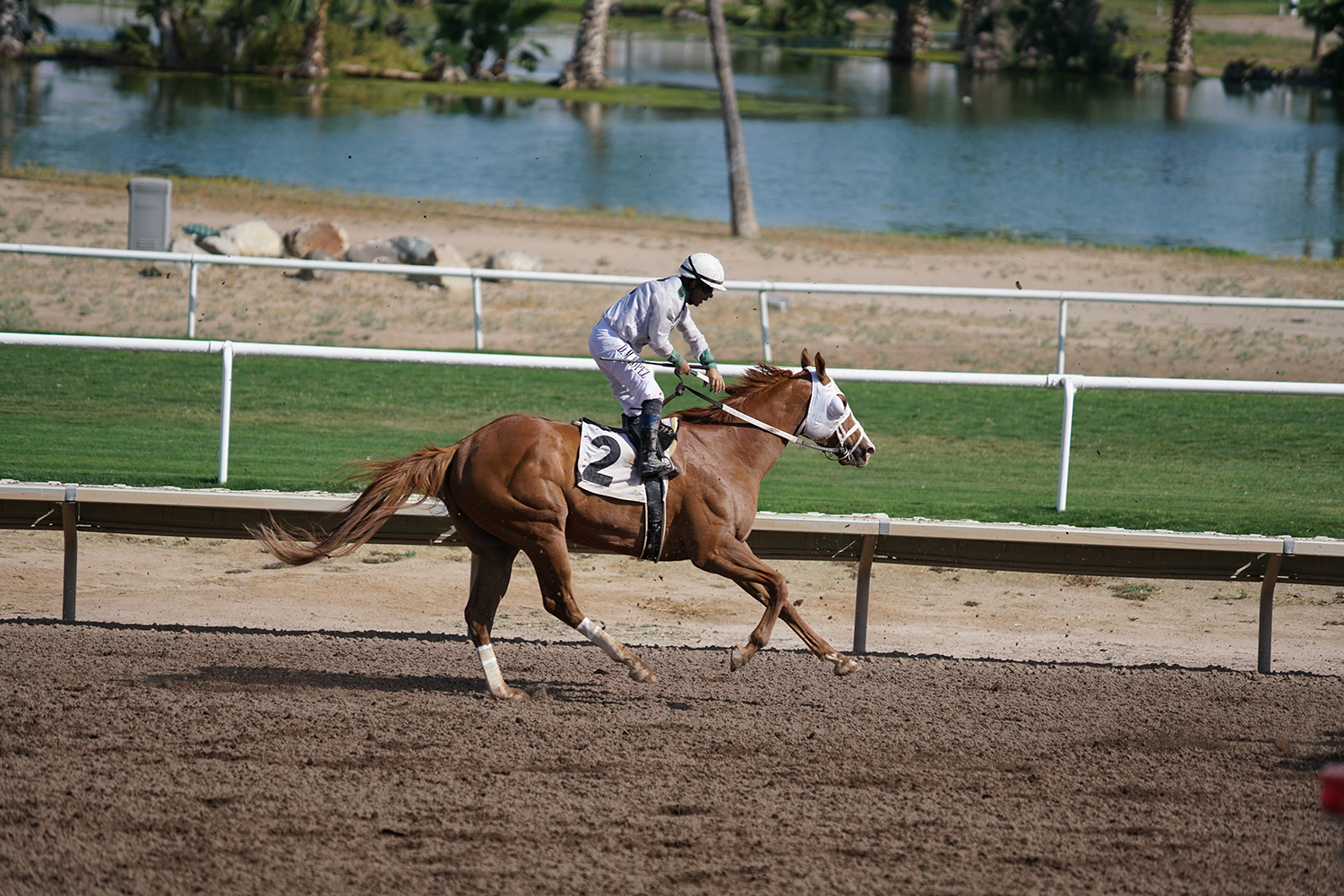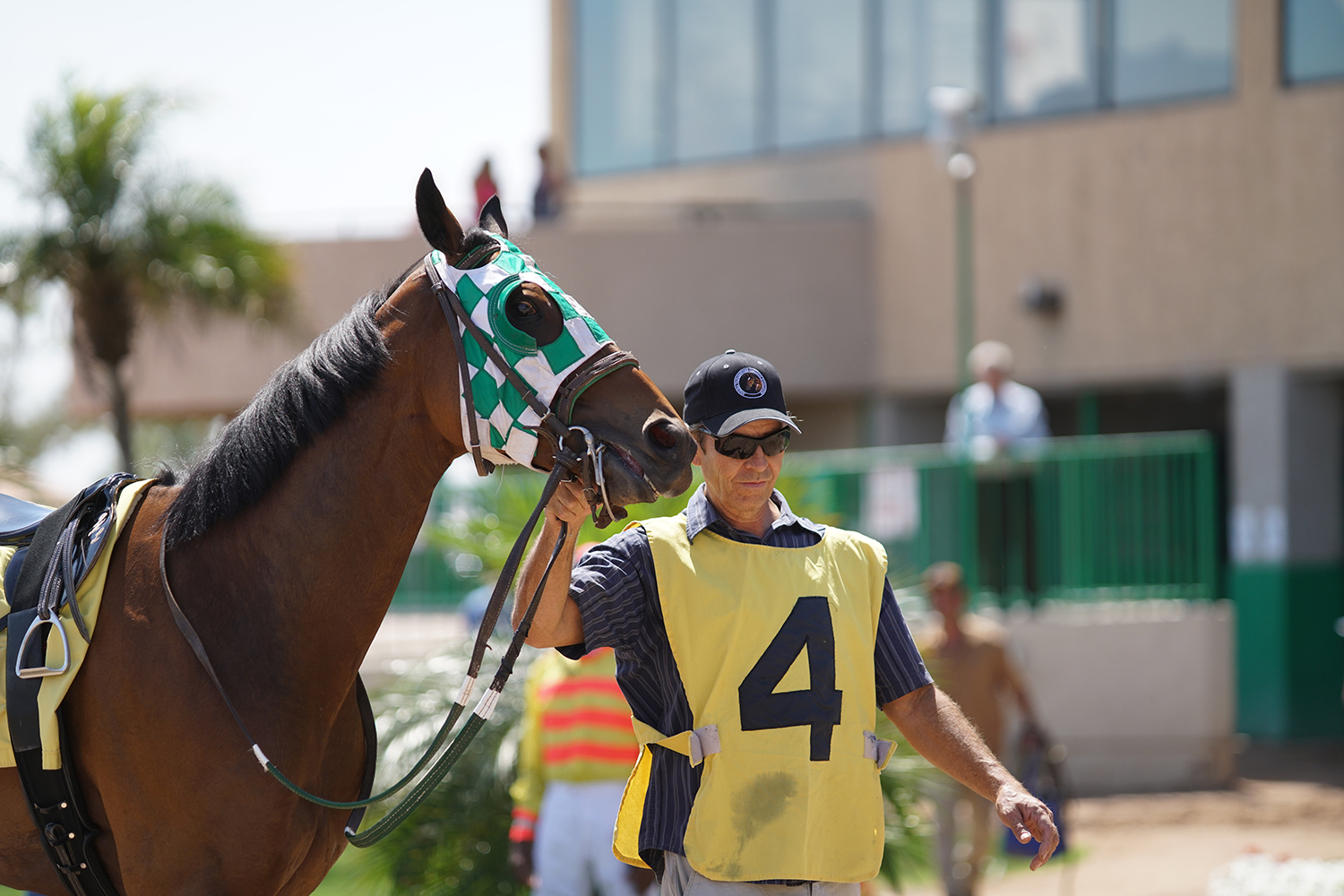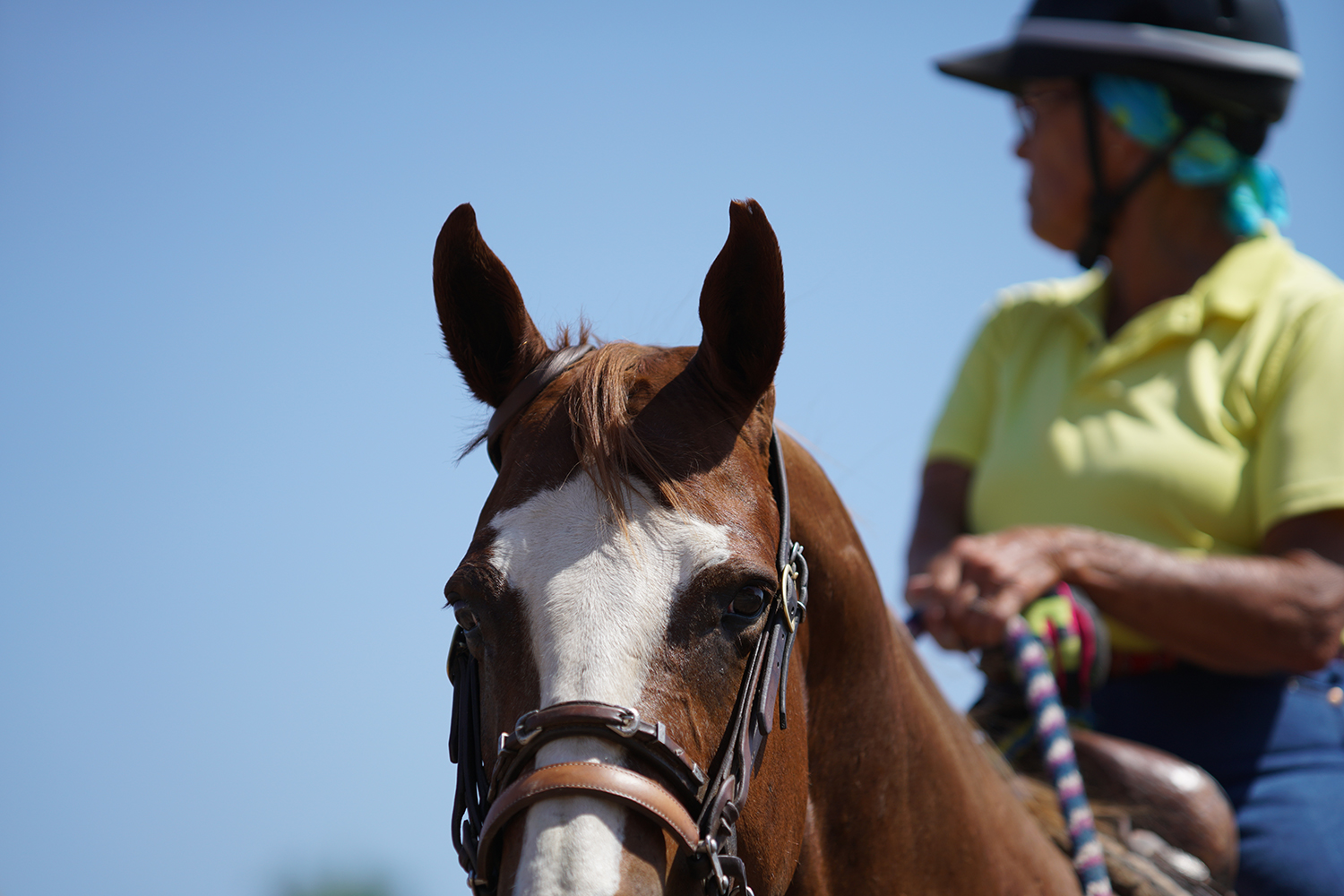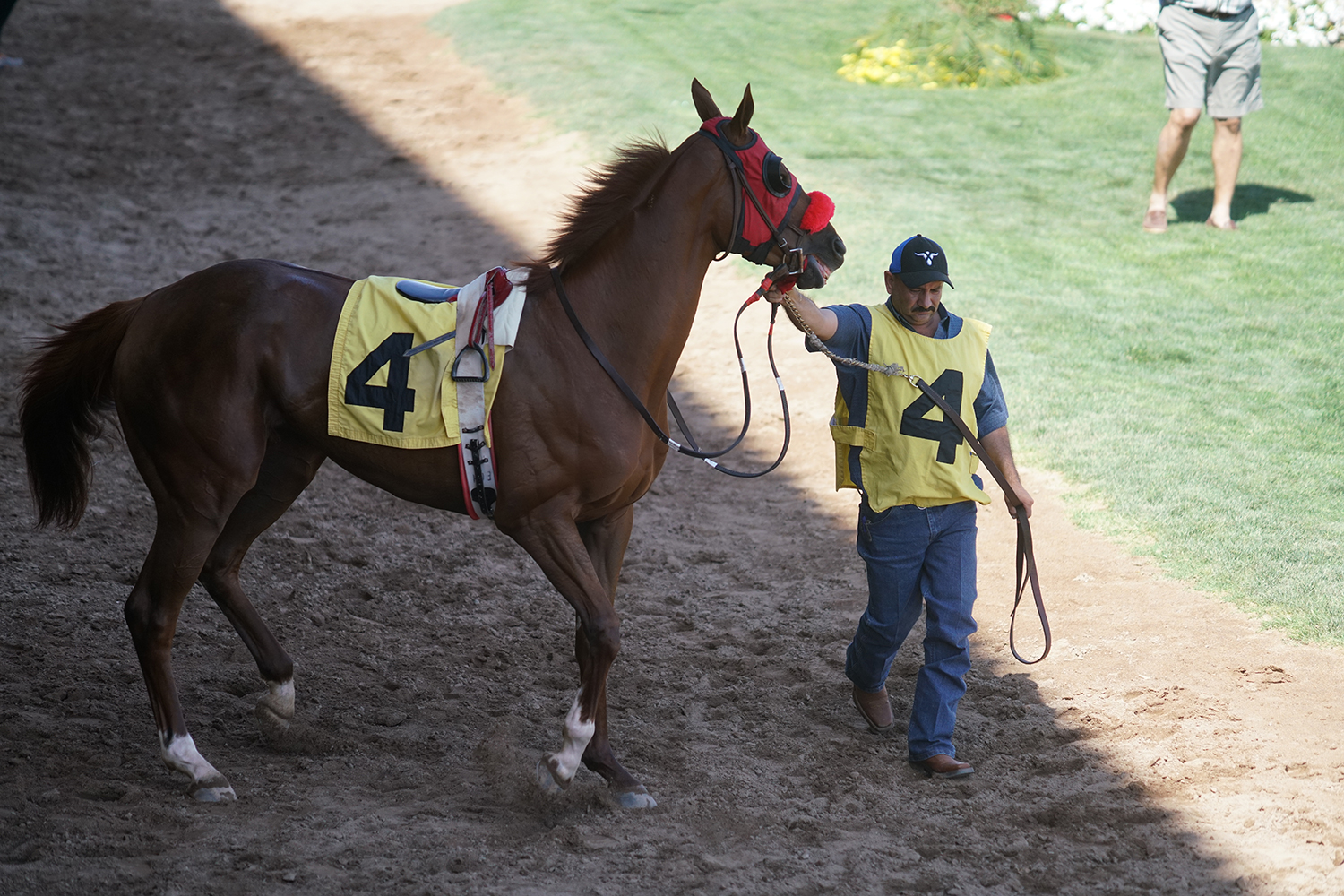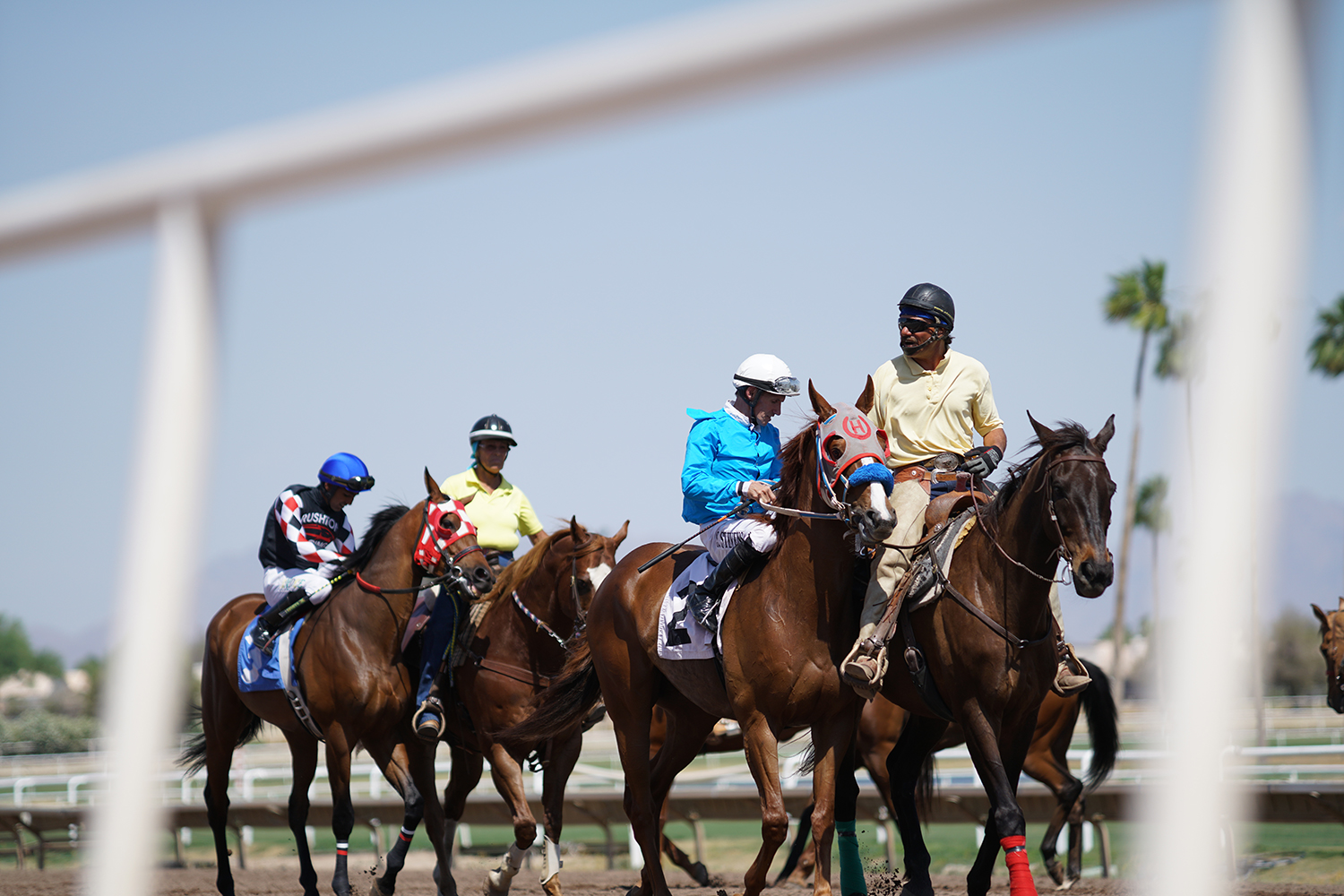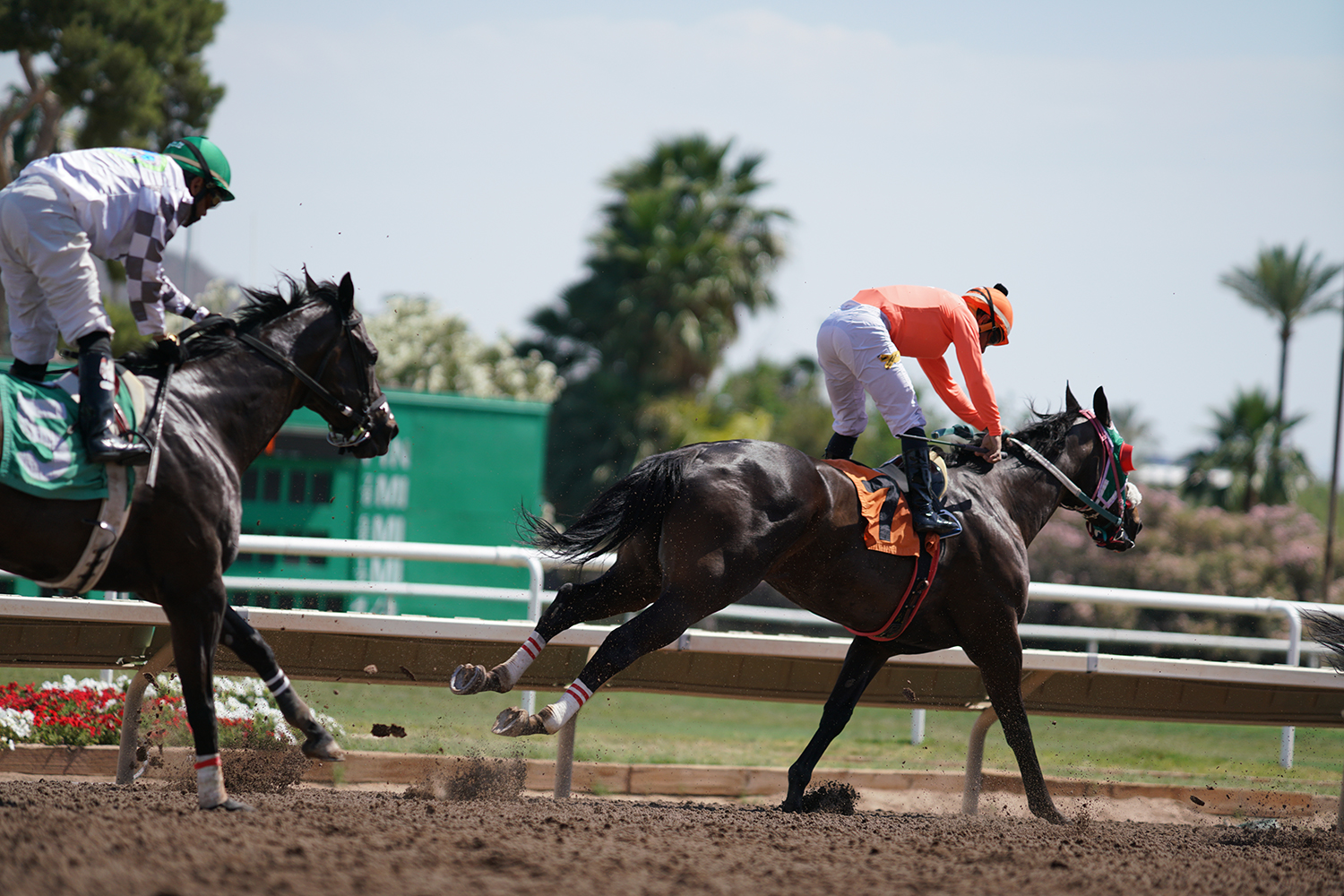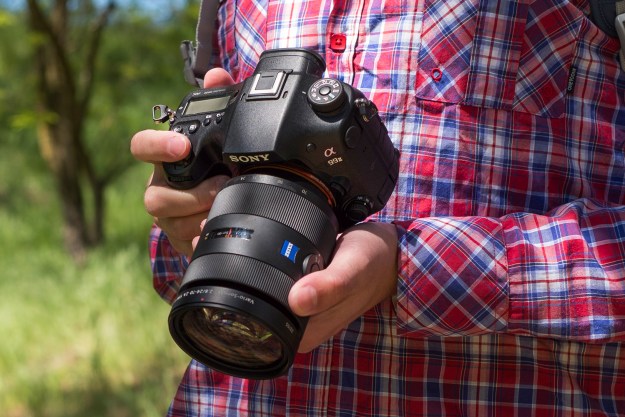
“Although Sony isn't investing as heavily in its DSLRs, the A99 Mark II is still a very worthy camera.”
- Great 42MP full-frame stills
- Fast hybrid AF system
- 12 fps continuous shooting
- Top-notch 4K video quality
- Internal 5-axis stabilization
- Small battery capacity
- Odd video exposure and AF limitations
- Future of A-mount system is uncertain
Sony updated its full-frame A-mount lineup with the A99 Mark II ($3,200) on the heels of Canon’s EOS 5D Mark IV announcement. Both DSLRs (or, technically, an SLT in Sony’s case for Single Lens Translucent) replaced cameras that were four years old – practically ancient in today’s tech world. We definitely liked the improvements to the 5D-series, but while Canon’s approach was methodical, Sony’s is a giant leap. But for a brand so focused on mirrorless cameras, does a DSLR even make sense for Sony anymore?
Design and usability
Sony is justifiably known for its E-mount mirrorless interchangeable lens cameras, like the A7-series and the new, sports-oriented A9. The company typically hasn’t won headlines with their A-mount DSLRs, which have more or less lived in the shadow of their E-mount peers for the past several years. This hasn’t been for a lack of features or performance on the A-mount side. The first A99, introduced in 2012, was a very solid camera with excellent video features, making it a strong competitor against the competition from Canon and Nikon.
No other camera combines resolution, speed, and video performance as well as the A99 Mark II.
According to Sony, the $3,200 A99 Mark II was completely redesigned and made lighter, perhaps in an appeal to sports shooters and photojournalists who have to carry their gear for long periods of time. As camera technology has dramatically improved over the last four years, the A99 Mark II represents a significant step forward. It’s built around the same 42-megapixel, back-illuminated full-frame sensor found in the A7R Mark II ($3,199), giving it an 18-megapixel advantage over the original A99. Despite the higher resolution, the Mark II churns out continuous bursts of RAW photos at up to 12 frames per second (fps). The A7R II, on the other hand, maxes out at 5 fps.
The only full-frame camera to offer more resolution is the 50MP Canon EOS 5DS/5DS R, but the Canon cameras don’t come close to the A99 Mark II’s high-speed performance, nor do they offer 4K video or any of the other filmmaking features of the Sony.
The A99 Mark II feels solid and is weather-sealed, but we appreciate that Sony kept to a more compact body style, rather than adopting the beastly, dual-grip designs of pro-level Canons and Nikons, such as the EOS 1D X Mark II and D5. Still, it tips the scales at a shade under 30 ounces (with battery and card). Add a lens, such as the hefty Vario-Sonnar 24-70mm f/2.8 zoom that was part of our test gear, and you’re carrying some serious weight. Dimensions are 5.9 x 4.1 x 3 inches (WHD), similar to many enthusiast DSLRs, but eight-percent smaller than the original A99.
- 3. Sony A99 Mark II
Besides the bulkier design and translucent mirror, the key feature that separates the A99 Mark II from Alpha-series mirrorless cameras is the A-mount. Brief history lesson: Sony acquired the mount when it bought Minolta’s camera division and has used it on its mirror cameras for many years, before the E-mount existed. Despite the pedigree, it is the mirrorless E-mount that sees all the love today.
The A-mount doesn’t have as wide a selection of glass as Canon and Nikon do for their DSLRs, but many options are available. Along with the 24-70mm, we had the large 70-200mm F/2.8 in our camera bag. Fortunately, every lens you mount on the A99 Mark II is stabilized, thanks to the camera’s built-in five-axis, sensor-shift image stabilization. The downside is that the A-mount cannot use any of the new full-frame E-mount lenses (although the opposite is true, via an adapter).
On the top of the A99 Mark II you’ll find a locking mode dial with seven settings and three custom options including Auto, PASM, Sweep Panorama, and movie mode. Flanking Sony’s proprietary Multi-Interface hot shoe is a pair of small microphones for stereo audio. If you’re serious about video, an add-on microphone makes a lot of sense, but onboard stereo sound is a nice touch. There’s also a monochrome LCD display to quickly check your settings, with buttons nearby for drive mode, exposure compensation, white balance, and ISO. The grip contains a remote IR sensor and Wi-Fi antenna.
A fully articulating, three-inch monitor with 1,228,800-dot resolution dominates the back of the camera. The electronic viewfinder offers 2,359,296 dots and provides 100-percent coverage. Quality for both is excellent, but the monitor is not exactly cutting-edge and we wish it had a touchscreen. Surrounding the monitor are the usual controls, including a command dial, AF joystick, and the movie record button. It’s a familiar setup for any experienced photographer, who will be up and shooting in no time as everything is nicely labeled.
On the right side of the camera are dual SDXC cards slots, and you’ll want to make sure you have UHS-I U3 media for 4K video. Initially, we found it surprising that there was no XQD slot, especially since Sony pioneered the format and competitor Nikon uses it in its high-speed D500 and D5 DSLRs. The new A9 doesn’t use the format either, but that makes sense since there is less room in a smaller mirrorless body to accommodate what is a larger-size card. However, Sony sees XQD primarily for use in its high-end cinema and video products. While the higher throughput of XQD would be appreciated when shooting 12 fps bursts, we didn’t encounter any major buffer delays with our U3 SDXC card.
There’s a mic input on the left side of the camera, along with a flash sync port, HDMI port, headphone jack, and USB 2 port. It would have been nice to see USB 3 here, especially given the large size of 42MP RAW files, but if you use an external card reader, this probably won’t be a big issue. For videographers, the headphone jack comes in handy.
One downside of Sony’s SLT technology compared to traditional DSLR is that the electronic viewfinder constantly draws power, whereas a DSLR optical viewfinder is much more efficient. This means the A99 Mark II’s battery is rated at just 390 shots, less than half the juice of comparable Canon and Nikon models. Even the $700 Nikon D5600, an entry-level camera, is rated for 970 shots. That said, we extensively used the camera for a stretch of five hours and the battery held out, dropping to just 52 percent. As always, a spare or two is a good idea.
What’s included
The A99 Mark II is available solely in a body-only configuration without a lens. Along with the camera, Sony supplies a battery and a plug-in charger, shoulder strap, and a USB cable. We’re glad to see they didn’t waste any time and materials on CDs and print manuals here. Instead, you can just download any software and manuals from Sony’s website. Since the camera has built-in Wi-Fi and NFC connectivity, you may also want to download the PlayMemories Mobile app (Android | iOS) to your smartphone or tablet to share images.
Great performance, minus one quirk
Along with a huge bump in picture quality, the Mark II is much faster and more robust than the original A99. It can sustain 12 fps for up to 53 RAW images, versus 6 fps and 13 RAW files for the older model. While this doesn’t match the speed or 200-plus shot capacity of the Nikon D5 and Canon 1D X Mark II (both of which take advantage of faster memory card formats and use lower-resolution sensors), action shooters should be quite happy – at least to a point, which we will discuss shortly.
Also new is a high-speed, high-precision Hybrid Phase Detection AF system with 79 points on a dedicated AF sensor and 399 points on the imaging chip itself. This is an excellent system and we had no trouble focusing on a variety of stationary and moving subjects. The 79-point AF sensor mainly provides depth sensing and is most helpful in shooting action, while the on-chip focusing system offers wider coverage.
For a brand so focused on mirrorless cameras, does a DSLR even make sense for Sony anymore?
This hybrid system is one of the benefits of SLT technology, which allows light to be passed to both the imaging sensor and a separate focusing sensor simultaneously. Whether framing through the viewfinder or the LCD monitor, nothing changes in how the camera focuses.
However, there is one unfortunate drawback. One of the physical limitations of the translucent mirror design is that only about one-third of the light is reflected to the dedicated AF sensor. When shooting at 12 fps, when the aperture remains stopped down between frames, hybrid autofocus is disabled at apertures below f/3.5. Here, the camera relies on just the imaging sensor to achieve focus. At the highest burst rate, AF speed and tracking performance simply won’t match that of the best sports-oriented DSLRs.
There is one other caveat to the otherwise impressive performance. In addition to giving up hybrid AF at 12 fps, the Mark II loses live-view, making it difficult to keep track of your subject. Dropping down to 8 fps allows for hybrid AF and live-view, and minimizes viewfinder blackout. 8 fps isn’t bad, but we recently did a hands-on with the Sony A9, a camera that can shoot at 20 fps with no blackout whatsoever.
This puts the A99 Mark II in a bit of an awkward position, with the mirrorless A9 being, apparently, the better choice for high-speed action. The A9’s 24MP sensor has just over half the resolution, though. This makes the A99 Mark II a sort of a combination of the slower A7R Mark II and the high-speed A9 – but in a completely different package.
Yes, we know the A9 is also over $1,000 more than the A99 Mark II, but using a DSLR-style camera after experiencing what the A9 can do feels like moving from a supercar to a pickup truck. This is not a specific knock on the Mark II (some trucks are plenty fun to drive, after all), just that any camera of this style feels a bit outclassed by the cutting edge of mirrorless tech. We know this is big change in attitude, but the mirrorless A9 is truly groundbreaking, and proves beyond any reasonable doubt that the E-mount is where Sony’s future as a camera maker really lies. That means buying into A-mount gear at this point in time may not be the wisest investment.
As expected, image quality is superb
We shot the A99 Mark II in a Southwest locale for still subjects and then visited a local track to see how well the hybrid autofocus and fast burst-rate handled horse racing. As expected, the camera produced the type of rich image quality we’ve come to expect from Sony’s full-frame sensors. Photos have accurate colors, more than enough resolution, and wide dynamic range.
One of the great things about such a high-resolution sensor is the ability to enlarge and crop to your heart’s content (with some limitations, of course). We also found the 24-70mm lens to be a strong performer, and the bokeh (background blur) of an f/2.8 lens on a full-frame camera was as smooth as can be.
When shooting galloping horses at the racetrack, we combined the 12 fps burst shooting with fast shutter speeds around 1/2,000 to 1/3,200 of a second for best results. We set autofocus to AF-C (continuous) with a wide field of view. We tried the 24-70mm with limited success (we were just too far away), so out came the 70-200mm. This is a very bulky lens, but at least it got us up-close and personal. We were able to freeze some good moments of horses in the air with dirt flying off the track.
The native ISO range is 100-25,600, but it can be expanded to 50-102,400. This isn’t in the nosebleed levels of the competition, but is very good for such a high-megapixel sensor, and noise levels aren’t drastically increased. Combined with the built-in five-axis image stabilization, you should have no problems taking relatively blur-free photos in low light. In our tests, the files held their own until around ISO 10,000 – an excellent number – but we wouldn’t go beyond 25,600. Above that, the noise and color shifts become very pronounced.
Super 35mm and beyond
Sony has become a dominating force in the world of video, surpassing even Canon, which revolutionized low-budget cinema production with the 5D Mark II. Canon has played it safe since then, only recently introducing 4K on the 5D Mark IV, but with severe cropping. The 5D Mark IV also suffers from extreme rolling shutter, and can’t output 4K over HDMI.
The A99 Mark II, however, leaves virtually no box unchecked, bringing over essentially the exact same video features from the A7R Mark II. That means 4K at both full-width and Super 35mm crop, S-Log2 and S-Log3 gamma profiles for maximum dynamic range, and clean HDMI out. There are a variety of settings available using the XAVC-S codec, and the Super 35mm crop even oversamples by 1.8x, resulting in greater sharpness. We shot our sample footage in this mode, with a requisite U3 SDXC card.
We tested the video mode on some difficult subjects, such as waving foliage, jittery horses, and a race down the stretch. Colors were terrific and the Mark II handled subjects moving from shadow to bright sunshine with zero problems. We had a little difficulty panning with the hefty rig (invest in a tripod if you don’t already have one) but the AF system kept up with the fast thoroughbreds and the internal stabilization definitely helped.
For the most part, video is definitely a high point of this camera, but there is a strange drawback – seemingly without a technical reason, although it may again be partly related to the SLT design. While the hybrid AF system would appear to be a great feature for video, using AF at all forces the camera into Program autoexposure and locks the aperture at f/3.5. That’s not to say the smallest compatible aperture is f/3.5 (as was the case for 12 fps still photos) but that f/3.5 is literally the only aperture setting the camera will use. So if you have an f/2.8 lens, as we did, you won’t be able to shoot video with it wide open unless you switch to manual focus.
With autofocus turned off completely, you can now shoot in any exposure mode at any aperture. To be blunt, this simply makes no sense whatsoever. The A7R II has no trouble autofocusing at a variety of apertures in video mode (certainly those wider than f/3.5, but smaller ones, as well), so why should the A99 Mark II?
Professional filmmakers who already rely on manual focus may not mind this limitation, and absolute beginners who would stick would Program auto anyway might not care, either – but neither of those groups make up this camera’s target demographic. Those in the middle, the enthusiasts and still photo pros, will likely be frustrated by how the A99 Mark II handles video, even as the quality itself is incredibly good.
Warranty
The warranty is good for one-year against defects in material and/or workmanship.
Our Take
The A99 Mark II is a long time coming. Despite the quirks, Sony has delivered a winning camera. However, while peculiar autofocus limitations, especially in video mode, make for some annoyances, the biggest thing holding this camera back is the A-mount. Sony’s mirrorless E-mount line is simply getting more love and support these days, and the company will undoubtedly continue to pour more resources into it than the A-mount.
Like so many camera reviewers, we were smitten by the mirrorless A9. Although $1,000 more than the A99 Mark II, it’s truly on the cutting edge of digital imaging. We’d stretch our budget and go for it. That said, if you have a collection of A-mount glass, the A99 Mark II is a worthwhile upgrade and you won’t be disappointed. For other buyers, it’s not a slam-dunk decision.
Are there better alternatives?
Not necessarily at this price, provided you’re looking at DSLRs. The A99 Mark II takes the best parts of several competing cameras and rolls them into one. The Canon EOS 5DS/5DS R and Nikon D810 come in just above and just below the Sony’s resolution, respectively, but lack its continuous shooting speed and moviemaking capabilities. The costlier Canon 1D X Mark II and Nikon D5 can outpace the Sony for long bursts and offer better continuous autofocus performance, but they make do with less than half the resolution and their limited 4K video modes pale in comparison. For most photographers, the only real advantages of a Nikon or Canon DSLR are better battery life and larger lens collections.
On the mirrorless side, definitely look at Sony’s A7R Mark II ($3,000), which is slower, but also smaller and lighter, with otherwise identical features to the A99 Mark II. And, of course, there’s the much-discussed $4,500 A9. So much depends on the number and type of lenses in your arsenal, as well as your shooting style, that it’s hard to make a declarative statement. Again, if you already own A-mount lenses, then upgrading your camera to the A99 Mark II makes sense. If not, we’d hesitate on buying into the system.
How long will it last?
Sony doesn’t update its SLT interchangeable lens cameras very often – the original A99 is four years old. Rest assured, an A99 Mark III won’t be introduced next month, or next year. Given the introduction of the A9, we even wonder if there will be a Mark III at all. And there lies the biggest issue with the Mark II; with everything heading in the mirrorless direction, does it really make sense to invest in another Sony SLT? However, it is a well-made camera that will last a while, and you can expect Sony to continue to support it.
Should You Buy It?
If you own a lot of A-mount glass, yes. This is a very impressive camera from numerous angles, including resolution, speed, and video. No other camera combines all of those aspects as well as the A99 Mark II, and frankly, Canon and Nikon don’t have anything that directly competes with it. It isn’t without its quirks, but it is a highly unique machine that significantly elevates the A-mount system above where it used it to be.
However, investing in an A-mount camera at this point in time probably doesn’t make a lot of sense for those looking to jump ship from another brand. Sony just isn’t supporting the system as much as the more popular E-mount line. For action photographers, we advise you look to the future and save your pennies for the A9. And for landscape shooters and others after maximum resolution, the A7R Mark II fits the bill if you can live with slower performance. The A99 Mark II is a great entry in the A-mount lineup, but it feels like a last hurrah.
Updated June 22, 2016 by Daven Mathies to clarify that the f/3.5 hybrid AF limitation only applies during 12 fps continuous shooting.
Editors' Recommendations
- Sony’s Airpeak S1 drone goes on sale, though it ain’t cheap
- Sony’s first drone, the Airpeak S1, rockets to 55 mph in just 3.5 seconds
- Sony looks set to fly into drone market to take on the mighty DJI
- Sony teases the more approachable FX6 cinema camera
- AP photographers to receive Sony cameras and lenses in exclusive partnership






